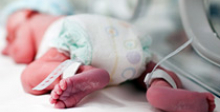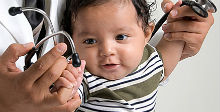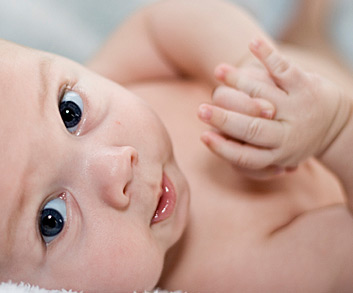Internal mini form
Contact Us Today
Infection and fever in a fetus, newborn, or pregnant mother increases the likelihood that a child will develop Cerebral Palsy and other health risks. Certain infectious diseases are known to heighten the likelihood.
Infection, fever and pregnancy
Infection and fever in a fetus, newborn, or pregnant mother increases the likelihood that a child will develop Cerebral Palsy and other health risks. Newborns who were exposed to maternal infection are more likely to have Apgar scores below 6 compared to newborns not exposed to infection. Infections also raise the probability of premature labor. Infections occurring later in pregnancy are of special concern.
Certain infectious diseases are known to heighten the likelihood of Cerebral Palsy. These can include:
- rubella – German measles
- toxoplasmosis – infection caused by parasite
- herpes – sexually transmitted disease
- chorioamnionitis – inflammation of fetal membranes due to bacterial infection
One area in the study of infections in pregnant women and newborns focused on the role of inflammation. Infections are caused by a variety of sources and can result from events such as injury or bacterial invasion. The body’s natural response is to fight the infection and it sometimes employs inflammation to help prevent the injury or infection from spreading. However, inflammation may have negative side effects; chronic and excessive inflammation can lead to cellular damage.
To regulate inflammation, the body produces cytokines. It is thought that increased levels of cytokines may impede some of the body’s important regulatory functions. Specific to Cerebral Palsy, increased cytokines may make the body more vulnerable to the effects of oxygen deprivation.
Were you or your child at risk – before, during or after your child’s birth?
Cerebral Palsy risk factors are events, substances or circumstances that increase the chances of a child developing Cerebral Palsy. They can be avoidable, or unavoidable. A risk factor does not ensure a child will develop Cerebral Palsy; it means chances are higher than if that risk factor was not present. Likewise, the absence of risk factors does not ensure that a child will not develop Cerebral Palsy. Have you been exposed to the following risk factors?
- Cerebral Palsy Risk Factors
Types of risk factors:
- Asphyxia and oxygen deprivation
- Blood type incompatibility or jaundice
- Complications of birth
- Infection
- Intrauterine growth restrictions
- Multiple births and infertility drugs
- Parental health and habits
- Placenta complications
- Premature birth
- Traumatic brain damage
Risk factors vs. risk factor causal pathways
A risk factor does not ensure a child will develop Cerebral Palsy; it means chances are higher than if that risk factor was not present. Likewise, the absence of risk factors does not ensure that a child will not develop Cerebral Palsy.
- Risk Factors and Risk Factor Causal Pathways
The Cerebral Palsy Risk Factor Checklist
Any exposure to risk factors prior to conception and during pregnancy should be immediately discussed with a doctor in order to treat and minimize risk. The Cerebral Palsy Risk Factor Checklist helps parents determine if they may have been exposed to risk factors for Cerebral Palsy.
- The Cerebral Palsy Risk Factor Checklist









